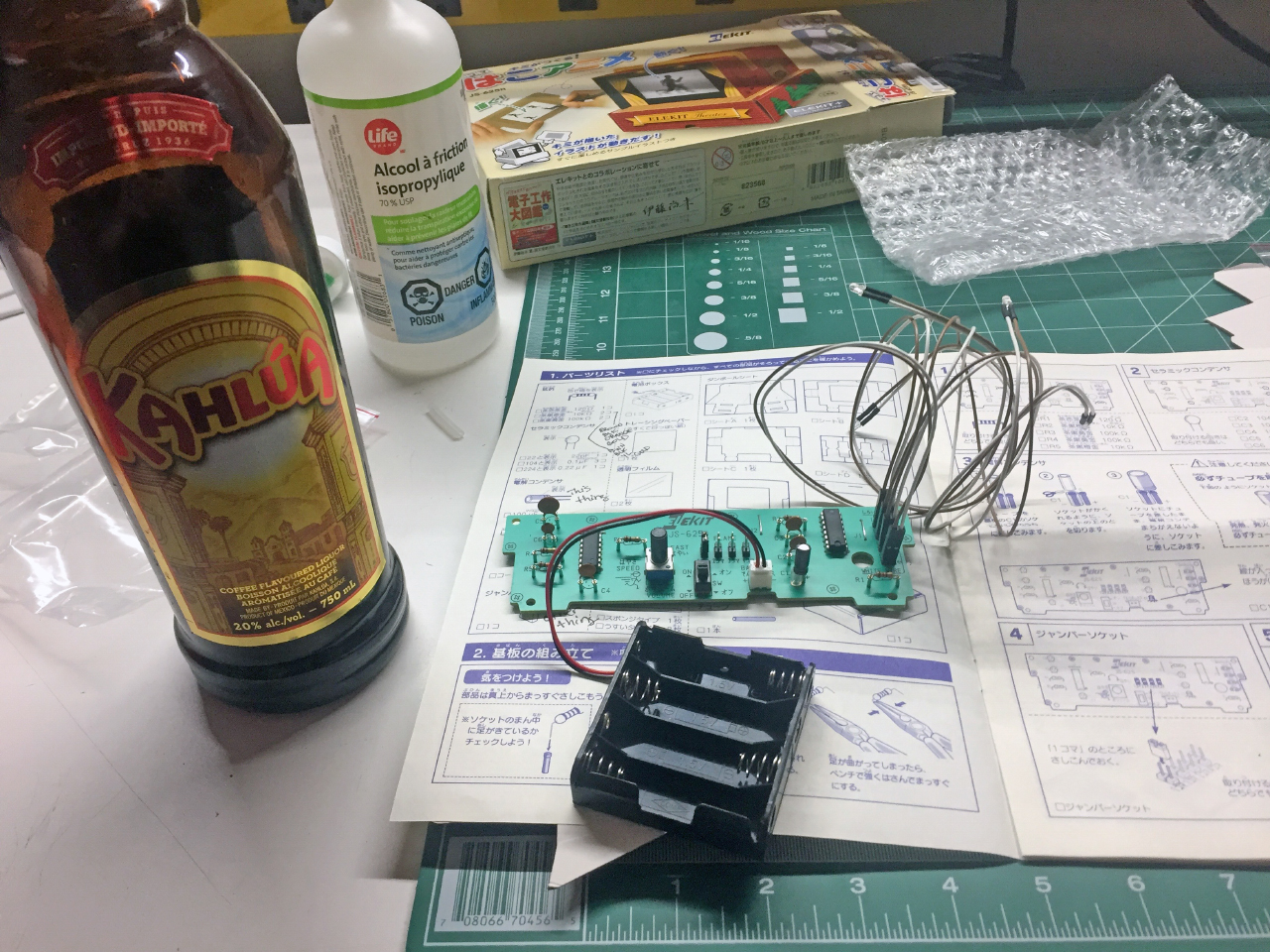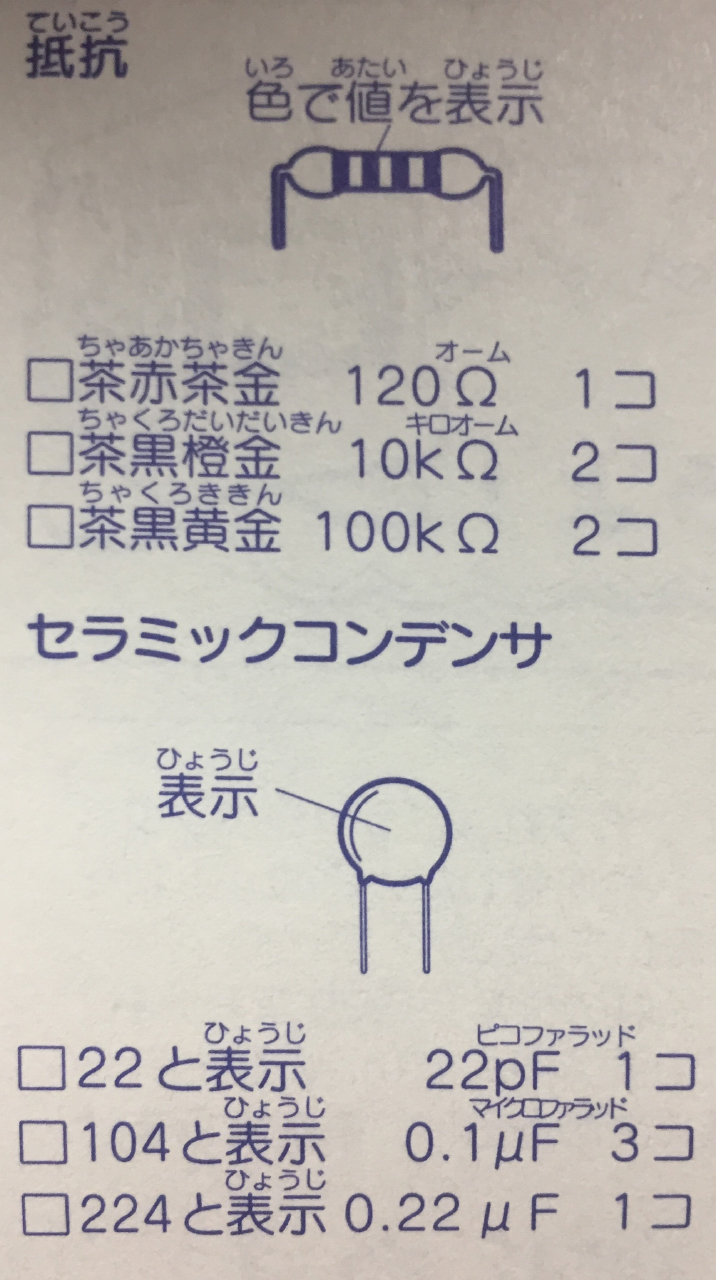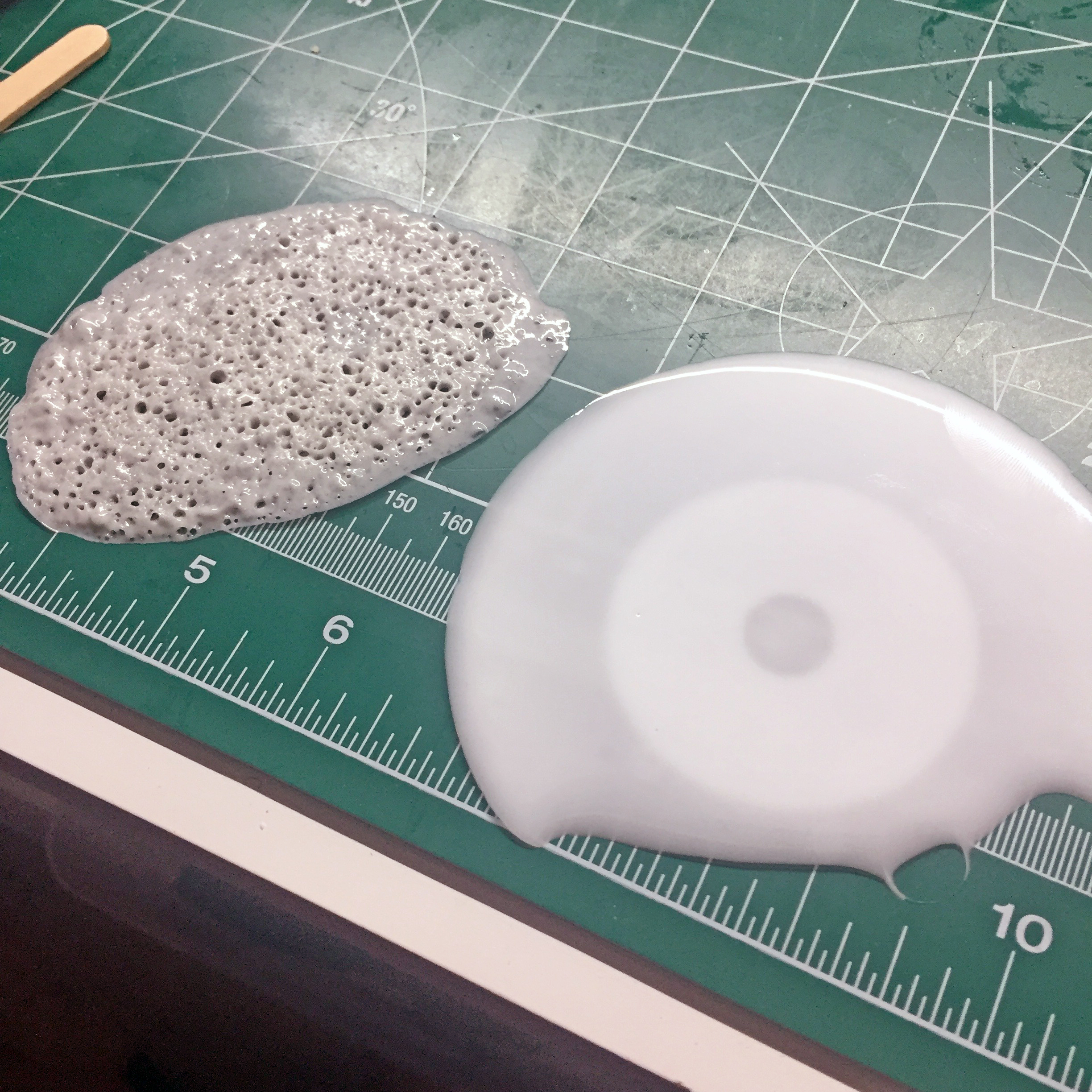I've always wanted to make my own TV, so when I saw this children's kit in Japan, I had to buy it. It was in the 3yrs+ kid's section of a massive hobby shop in Tokyo.
In Japan, it's super rude to put someone in a position that might make them feel uncomfortable, so I didn't ask any questions when I bought this.
I assume that walking into a Japanese restaurant or store armed with Google Translate and trying to ask questions is like walking into a library yelling 'SHOW ME YOUR BOOKS'.
The Japanese Don't Under-Estimate Their Children
This is a kit for children 3 yrs old and up. I assume it says something about parental involvement on this box, but even if it does, this kit is a lot more ambitious than a typical North American 'kids over 3' kit on a typical Amazon search.
Japanese is a Highly Situational Language
Unlike English, Japanese is a very situational language, so a lot of the context English speakers include in sentence structure is omitted in Japanese. This Great Courses Daily article does a good job of explaining this in detail.
Because of this, I can only assume that the instructions for my children's project don't actually instruct the child to drink, regardless of what Google Translate tells me.
"Except Light Was Also You"
Google's image translation won't have the context necessary to sensibly translate from Japanese to English. This turns what are probably really boring instructions into a kind of poetry.
My instructions had a lot of pictures, so I was able to locate the supplies I needed even if I couldn't read the directions. But just in case, I also made some chicken.
I also had two kinds of alcohol nearby while I worked.
Sometimes Everyone Can Agree About Something
Some things have global standards, and one of those things is resistors. This is one of the most profound lessons I learned as a child. The world has agreed on the color-coding for resistors. Maybe they can agree on other things. There is hope.
I didn't panic when my only guide for positioning the resistors on the board was a monochromatic Japanese diagram, because even without color, there are standards.
Thanks Digikey.
Here's my translated legend:
The Part Where I Mention Crypto Kitties and Persistence of Vision
Recently I bought a few Crypto Kitties. This one is my favorite. Anyway, after about a week I got bored and remembered that I had this TV kit.
This kit works by flashing 4 LEDs in sequence. The LEDs are flashed from different angles, and a transparent slide is positioned in between the LEDs and a screen, so that each LED will cast a shadow in the middle of the screen as it flashes.
Persistence of vision creates the illusion that the thing on the screen is moving. Just like on a real TV. Except limited to 4 images.
I thought it would be cool to make an animation of my Crypto Kitty, since according to the company's website the kitty is exclusively mine so I can do whatever I want with it. (This is actually not the case - according to the fine print, the design and IP of every kitty is the property of the company, and all you technically own are the numbers that generated that cat's design).
Nevertheless, I decided to animate my kitty, and put him in a little 4 LED children's electronic TV kit from Japan because it seemed like a very Japanese thing to do. When I think about digital pets, I think about Tamagotchi. This is the first digital pet that resonated worldwide, leading to generations of kids hatching tiny simple friends that they hide from their teachers in class so that they wouldn't forget to feed or play with their pets. Tamagotchi also led to the first internet graveyards for digital pets, a series of tripod sites like this one, lovingly maintained by children.
I feel as though this is where Crypto Kitties misses the mark, and why it will never be more than a fancy collectable for crypto-bros with more Ethereum then they know what to do with.
This cat might not be actually mine, but I still animated him and made a slide for him on the TV kit. However, if you want to see him in action, you'll have to buy my cat. Please. I'm bored of him.
Japanese TVs Are Special
Cardboard is cool I guess, but I really wanted my TV to look like a TV. I picked up a Sony 5-303W Micro TV from a local antique store, and when I brought it home and looked it up, I was so fascinated by the Japan described in this article - this was a place where everyone believed anything was possible.
Everyone Will Tell You You're Gonna Die
When I told the internet I was taking a TV apart, everyone said I was going to die. I think North Americans grow up with an inherent fear of electronics. Most of us never dare to look past the ominous stickers that warn us that we'll be fatally electrocuted or that our warranties will be forever voided.
You Might Find Something Beautiful
There is a Japanese proverb 案ずるより産むが易し。It means that giving birth to a baby is easier than worrying about it. Taking this TV apart was much easier than I expected it to be, and I was rewarded by this simple and satisfying channel mechanism, which I kept intact in case I can find a way to wire it to something. I think it would be cool to someday change the colors of the LEDs by turning this knob.
There's a Toy Version of Everything In Japan
Which is why I was a bit surprised when I couldn't find a toy TV tube. I resorted to making my own tube using Amazing Casting Resin as the opaque material, a plastic cover from the original TV, and black Sugru for the rubber gasket. I cleaned up the scratches on the original plastic cover with some clear nail polish.
Texture Is Important
I'm still very new to Japanese history and culture, but something I've noticed is that in music, architecture, poetry, and other art forms I've come across, the Japanese have a huge amount of respect and awareness for the interconnectedness of things. While in Tokyo, I wandered into a gallery show about colors that presented the actual manufacturing process behind different dyes, including video presentations with contrasting audio tracks.
While working on my TV, I listened to Vapor, by Yosi Horikawa, an ambient album composed almost entirely from field recordings. The sounds reminded me of everything I've ever felt watching the animistic and often heavily contrasting Japanese movies I've loved since I was a kid - there's no separation between nature and us. The things we make are natural, and should therefor look and feel natural.
I put Sugru around the inside border of the plastic cover to give myself a little edge, and covered the front of the plastic with a thin layer of clear nail polish to fill in some of the scratches. While I waited for it to dry, I experimented with the resin and some paint and dyes to get the 'old dirty TV tube' look I wanted.
Complex Ways to do Simple Things Are Celebrated in Japan
While I waited for my replacement 'tube' to dry, I inserted the mechanism from the cardboard TV I'd made earlier (without the surrounding box). In the video above, you can see how this whole thing works. I also used a bunch of materials, from paper to thinker plastics, to test how opaque I needed to make the resin coat on my tube.
I feel that my new TV would be appreciated in Japan. This is a country where toys like this handheld device for clapping with one hand is appreciated.
The new tube looks pretty much like the old one, with the exception that it's just a plastic face, and not a whole static-filled bulb of glass.
There is a Very Old Running Man in Japan
Above you can see the final product. I'll be modifying it so that the volume knob controls the speed of the LEDs, and the switch actually turns the lights on and off (right now I have to open it to turn it on).
The last random Japan fact I learned while putting this together is that there is an 80 year old 'Running Man' in Osaka. The Glico Running Man has been there since 1935, and he's been overhauled a few times. The current version is the first one to use LEDs, so it seems oddly appropriate that I chose a running man as the default for my LED TV project. However, I have produced a color film for the Crypto Kitty. Should anyone wish to own a 4 LED TV with a hopping Crypto Kitty, my Kitty is definitely for sale, and I'll throw in the TV for free. Contact me if you want to make a deal. :)



















